
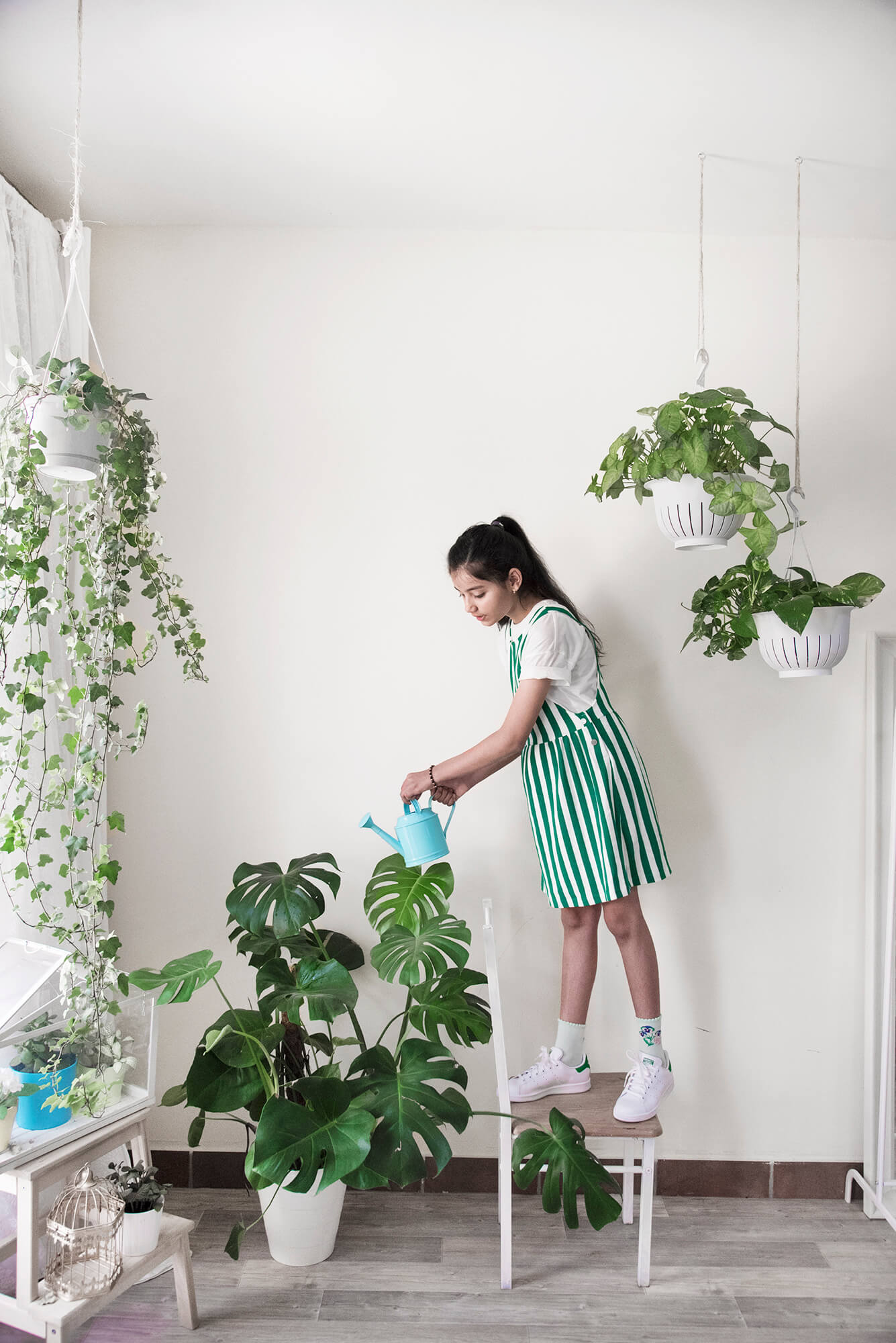

If you remember, I have already shared the hint why you shouldn’t buy plants from IKEA.
Well, I have a genuine reason behind it. Initially when I was decorating my apartment, alongside my furniture I also bought a wide range of plants from Ikea as well. I was absolutely clueless from where I should buy the plants. It was also convenient for me to shop all the things from one place.
But just after a month I started noticing most of the plants were dying or were looking sick. I couldn’t understand why it was happening as I was following all the instructions noted as much as possible but I still couldn’t save all of them and most of the plants died within 3-5 months. I was so upset seeing this. I visited IKEA many times showing my concern but unfortunately they didn’t hire staff with good knowledge about plants. Most of the staff working in the nursery area had no clue about plants.
After wasting 4-5K on buying plants from Ikea which, eventually died except for a money plant and some bamboo sticks.
Later one of my friend suggested me to visit Salwa road nurseries. After paying a visit to those nurseries I found that I made a mistake buying plants from IKEA. As the nursery plants at Salwa road were much cheaper and the staff had good knowledge about plants. Additionally, when you buy plants from salwa nurseries, the people working there guide you about how the plant should be kept. They would give you information on how to maintain the plants right from the temperature, lights and and shades. The good thing about buying plants from direct nurseries is that you can negotiate from them and you may actually get a good price. Plus, if you see that your plant are not doing well or it is sick you can visit them again and they will guide you on what went wrong or they will give you suggestions on how it could be fixed.
The thing is that nurseries pay extra attention on the sales and preventing of losing customers. They give you all the knowledge which you could possibly need, which is very convenient for me. If you want, they are also ready to guide you on which plant is good for summer and which for other seasons. And the plants you won’t be able to get from IKEA, as Ikea is a totally commercial place and they don’t have experts there to guide you on planting.
After buying plants from direct nurseries I had better knowledge and understanding about indoor plants & I was able to take good care of my plants which encouraged me to bring more plants to make my loft greener and it’s way cheaper than IKEA.
Hence, it is a big NO to buying plants from IKEA.
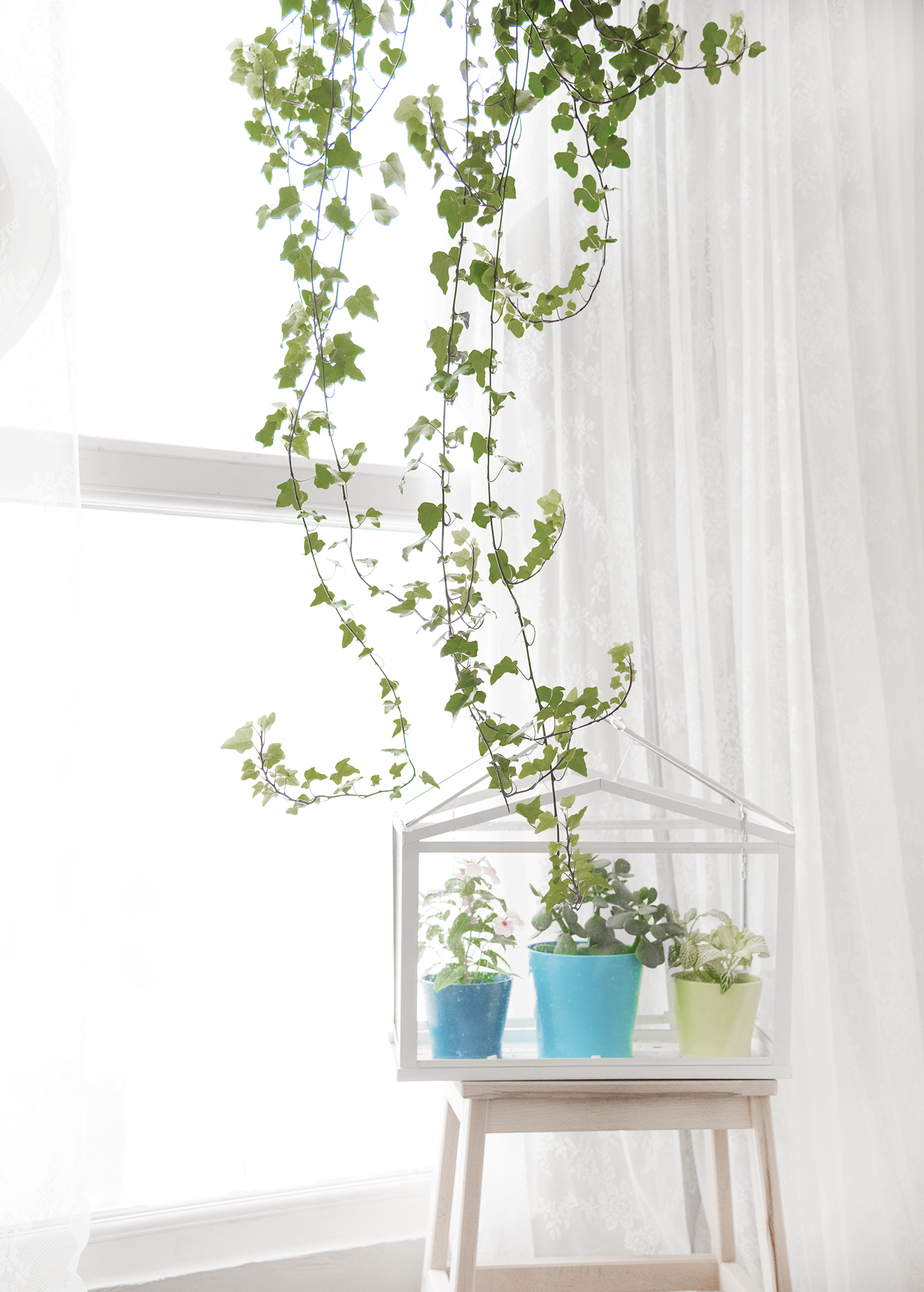
So right now I am sharing a few plants which are there in my home since the beginning and are doing amazing with low maintenance. This is the first series of indoor plants I will release second series soon as possible, I am still observing few plants as some of them are new and some of them are dying with time.
So in the secnd series I will be talking about more new plants and about those plants which lasted longer than my expectations.
The plants I am sharing right now are the ones which you can buy being care-free as they are require extremely low maintenance and can survive even in the weather of Qatar.

Monstera Pertusum
one of my favorite plant and very low maintenance. Common Names: Split-leaf philodendron
Care requirements: Prone to sunburn hence place in a bright location, out of direct sunlight. Water once when the top inch of soil feels dry and allow it to drain completely. Reduce watering in winter to avoid water lodging.
Maintenance: Provide artificial light unto 24 hrs a day to encourage blooming. Plant rarely suffer disease or pests, but check it occasionally for common indoor problems like aphids, scale insects and various leaf fungi. Pinch and prune vines regularly, because they can grow wildly out of control.
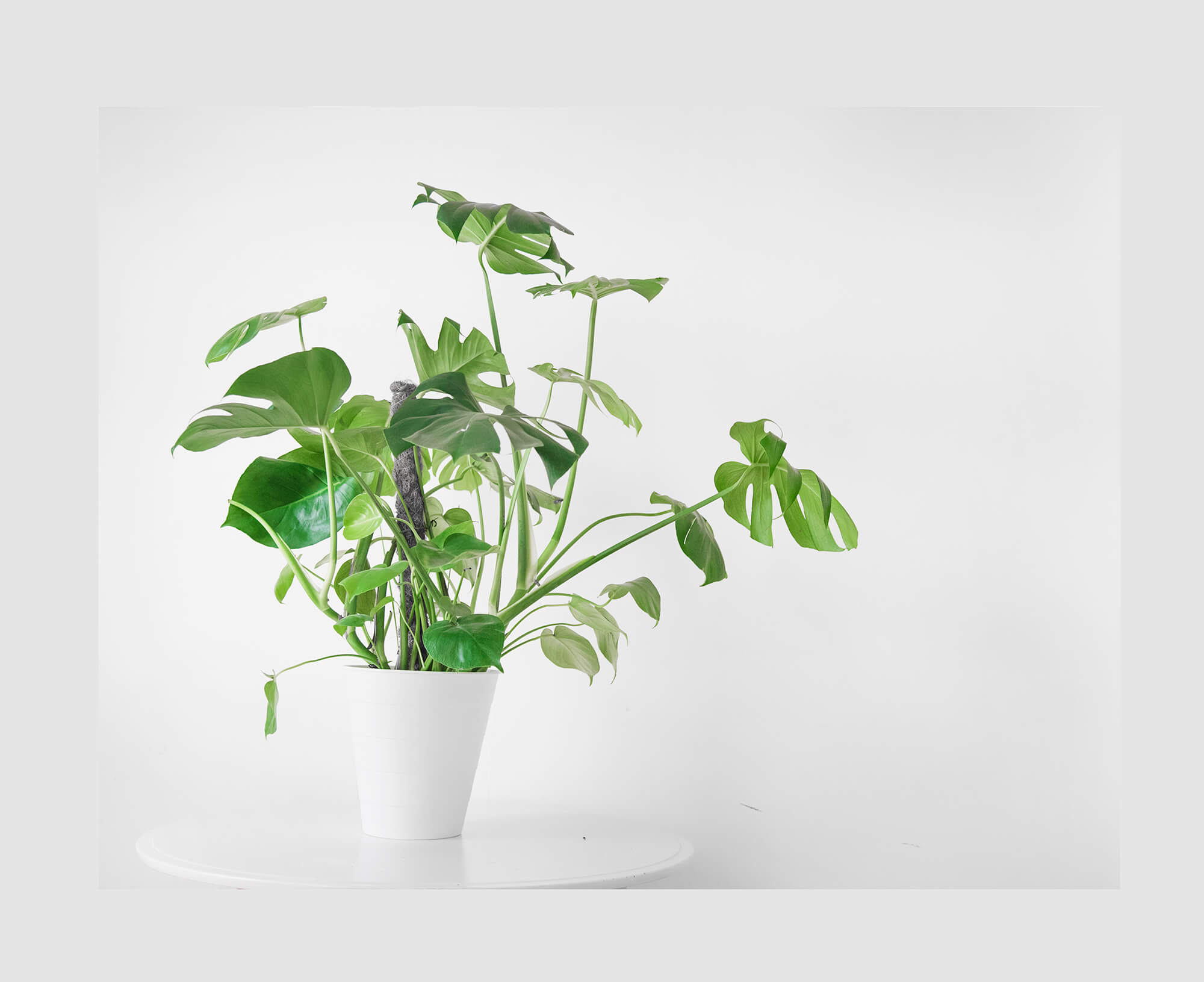
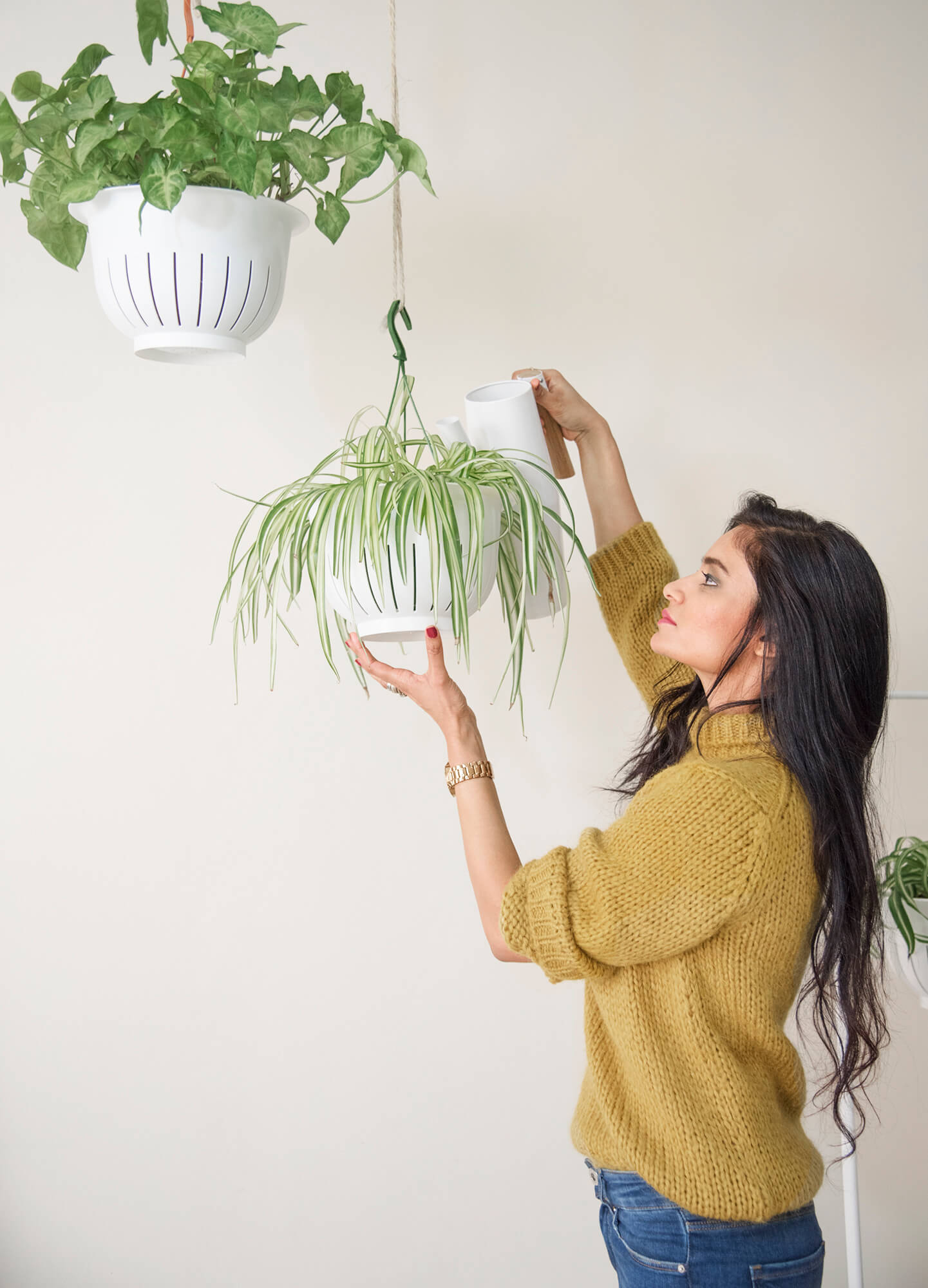
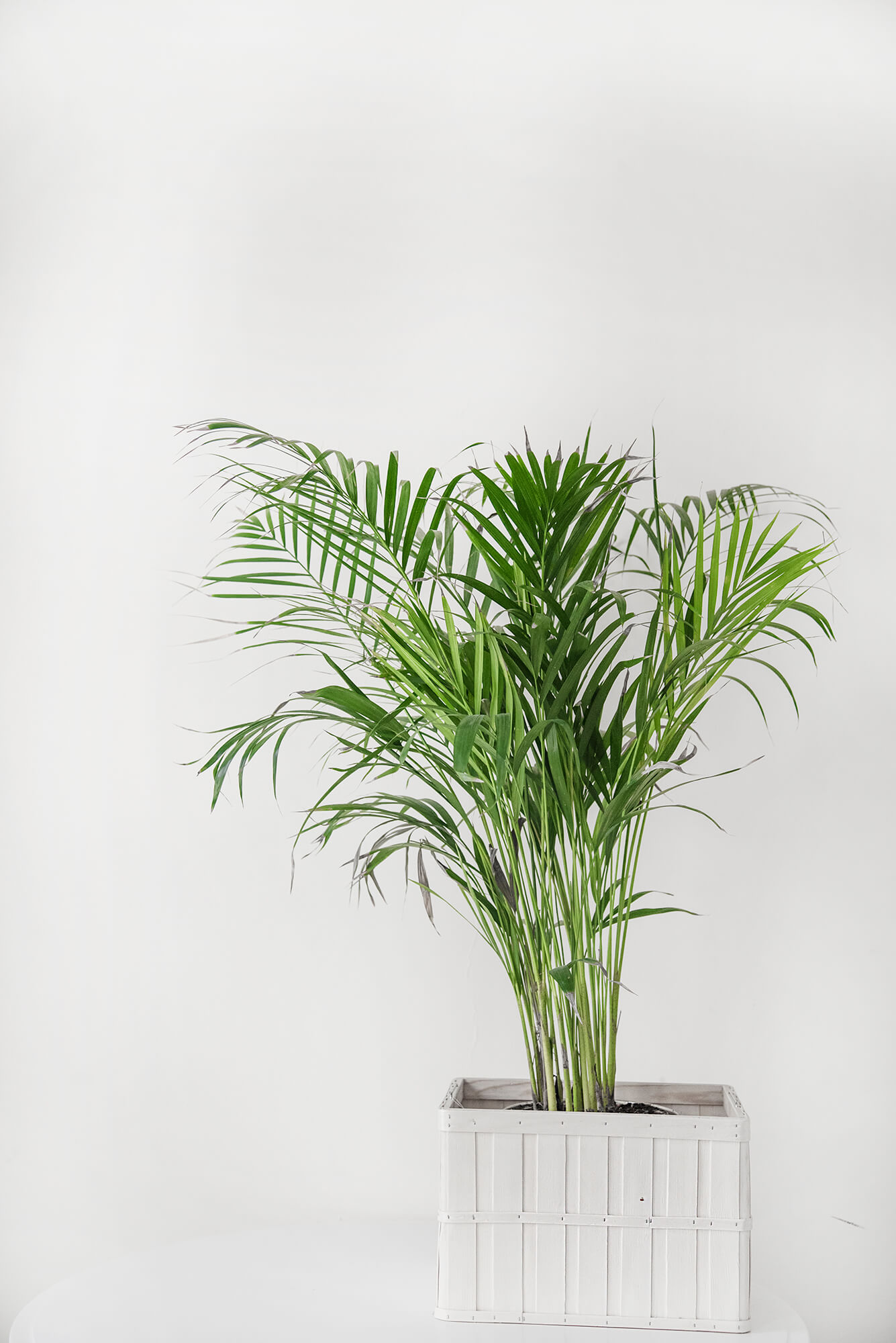


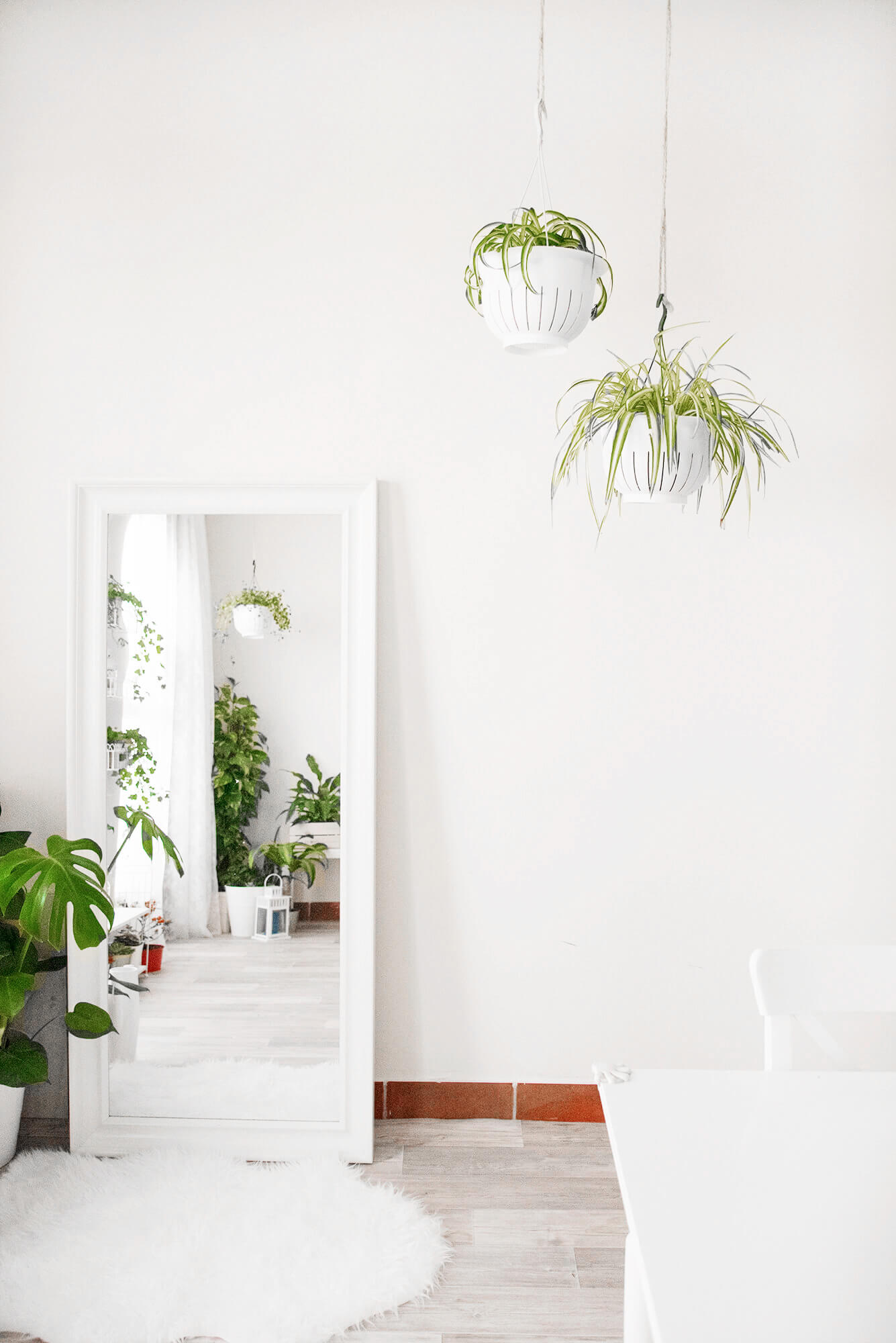
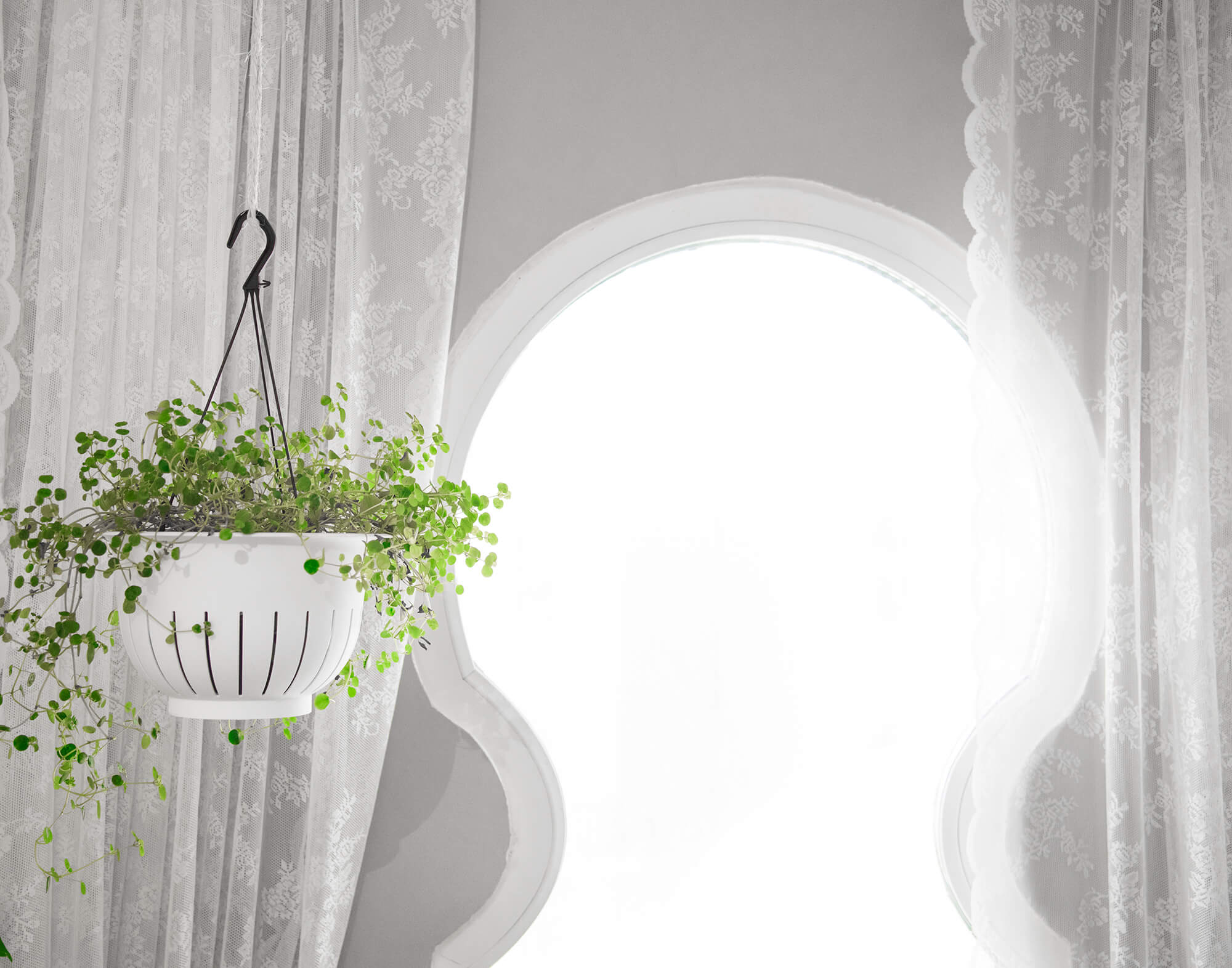
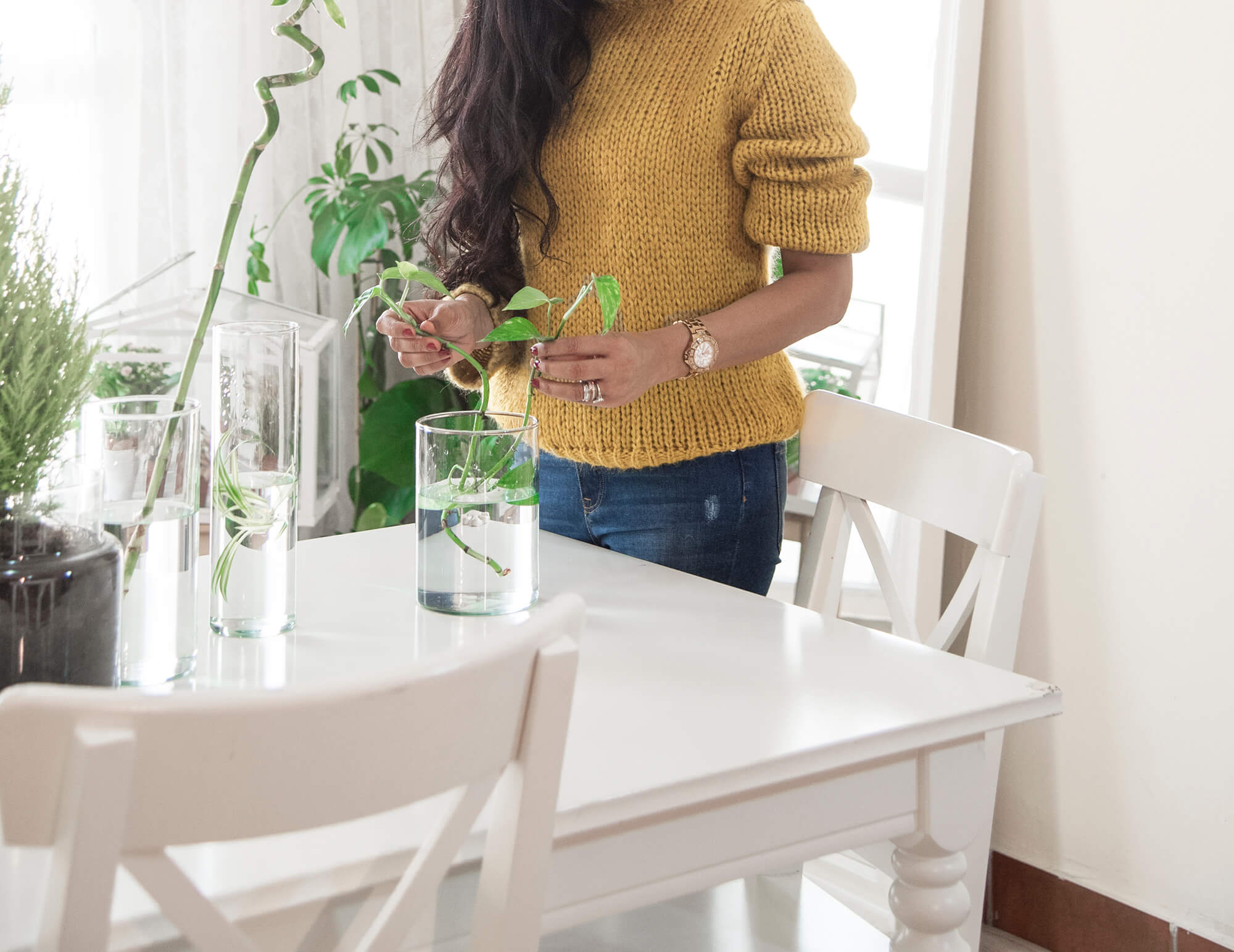
FERNS
Easy-to-grow ferns make a wonderful addition to a garden or houseplant collection. They’re also easy to propagate, although making more ferns takes a little time and patience
Keep the temperature constant. Most indoor species of ferns are tropical, although not all require tropical weather. Make sure that the temperature in your home (or at least the room in which the fern is kept) is near 70 °F (21 °C). The ferns can handle temperatures as low as 60, but they won’t thrive as well under low temperature conditions.
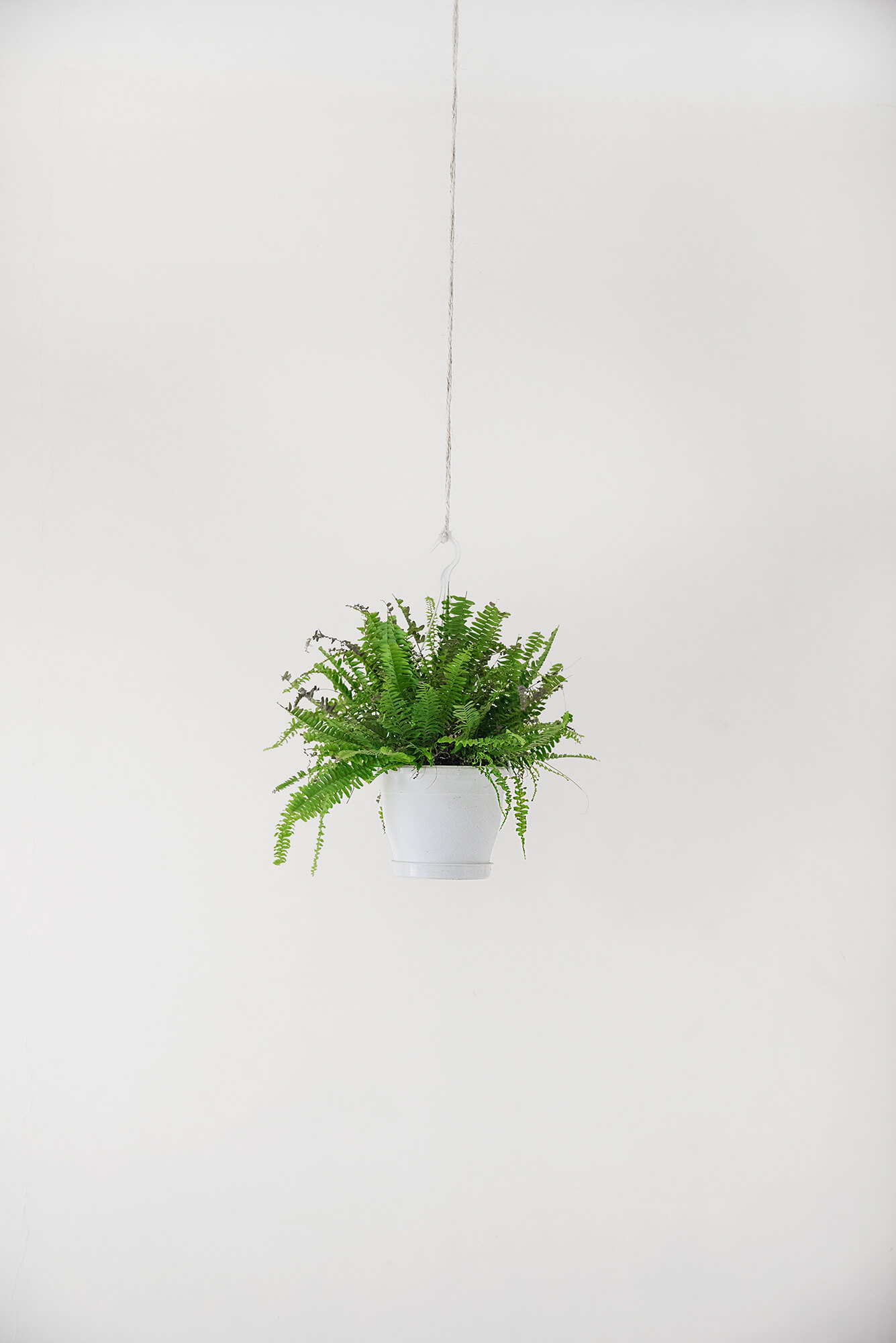
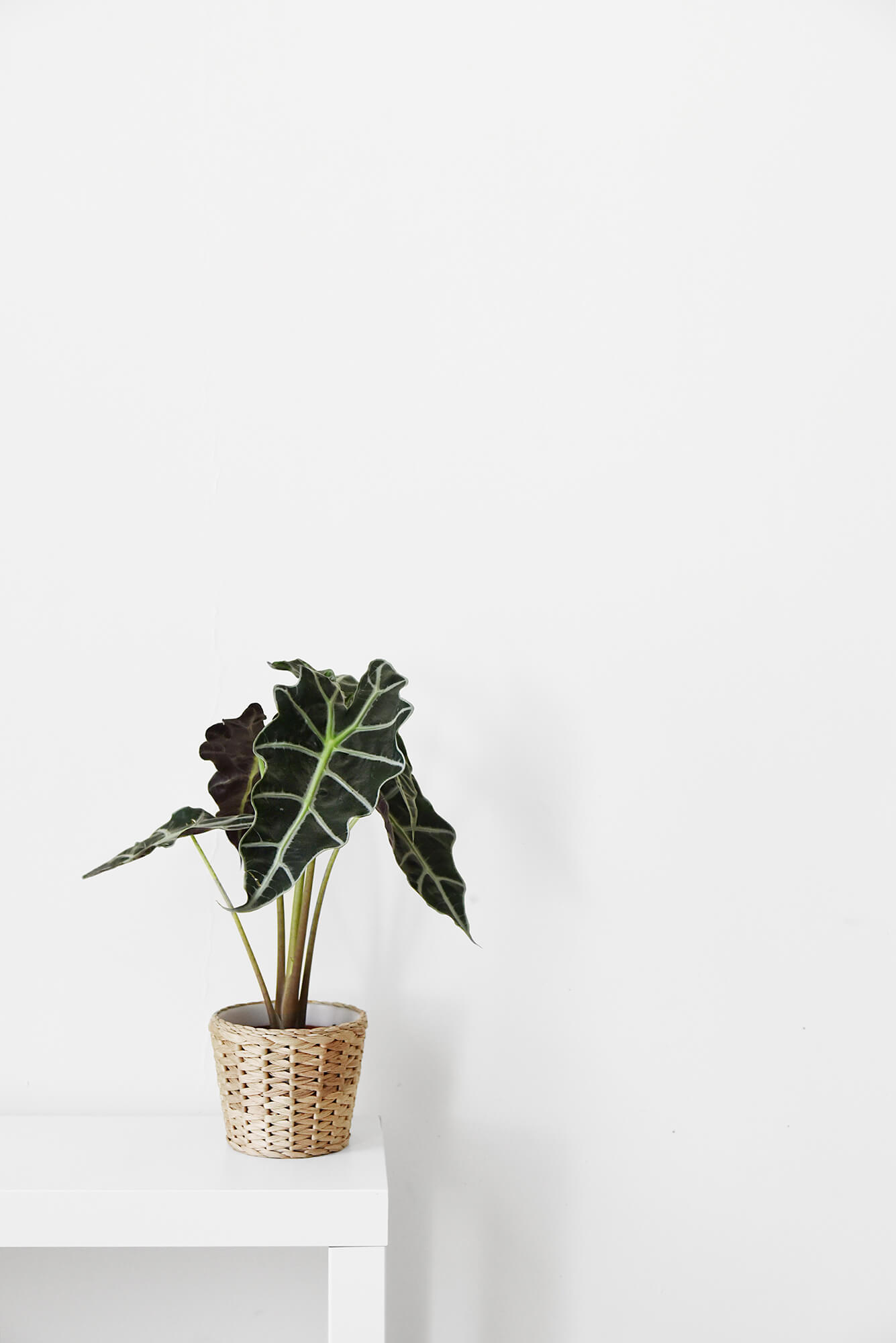
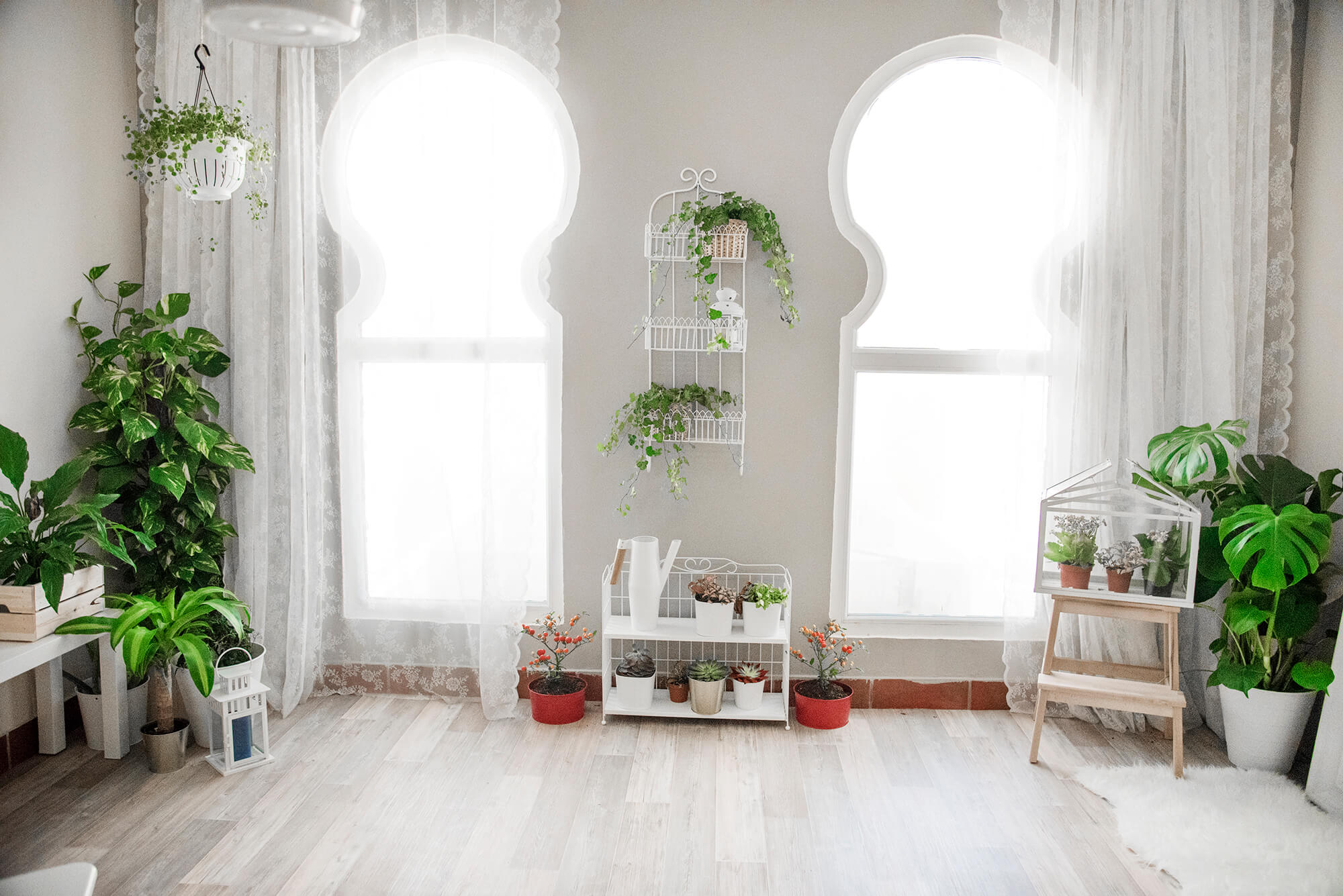
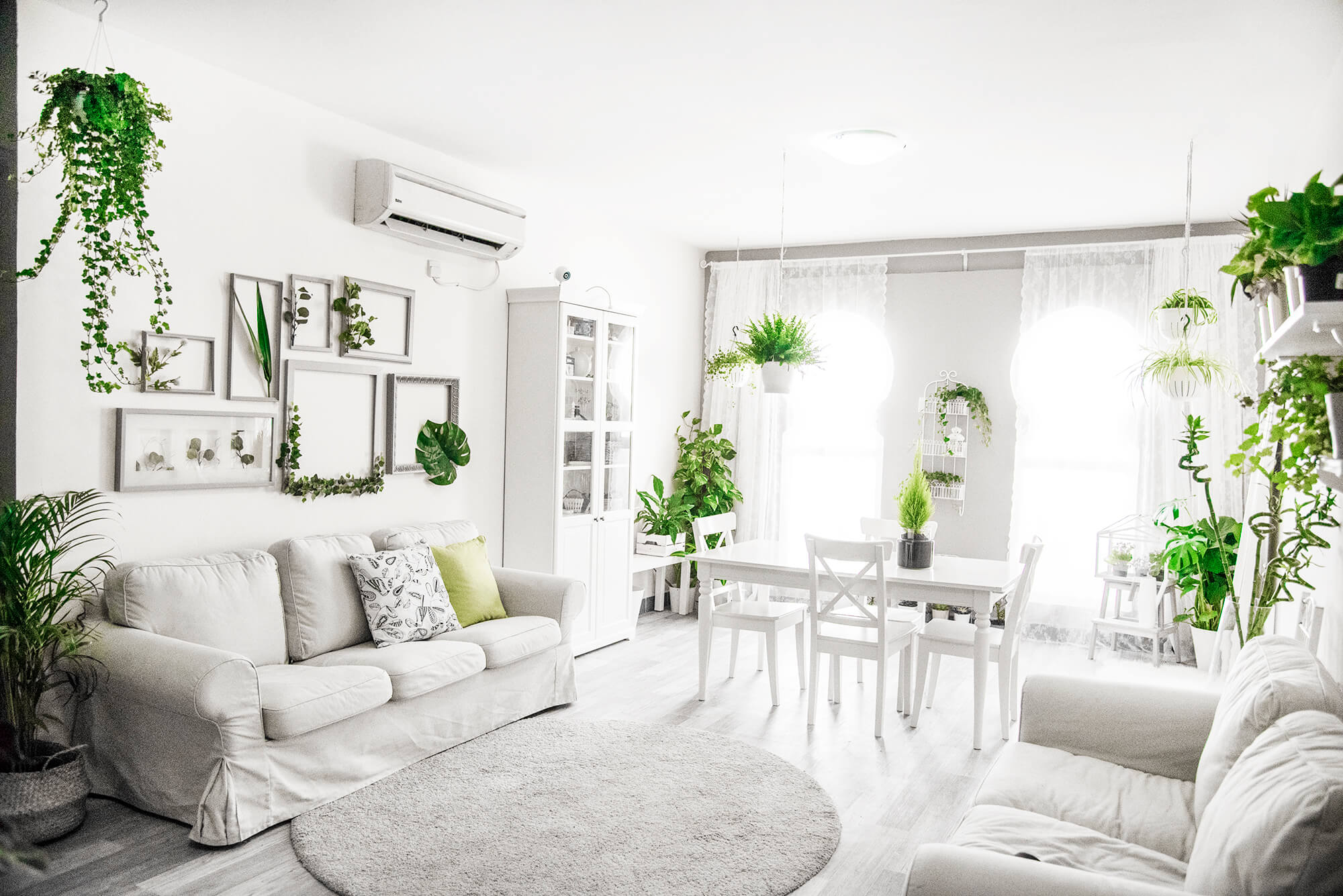
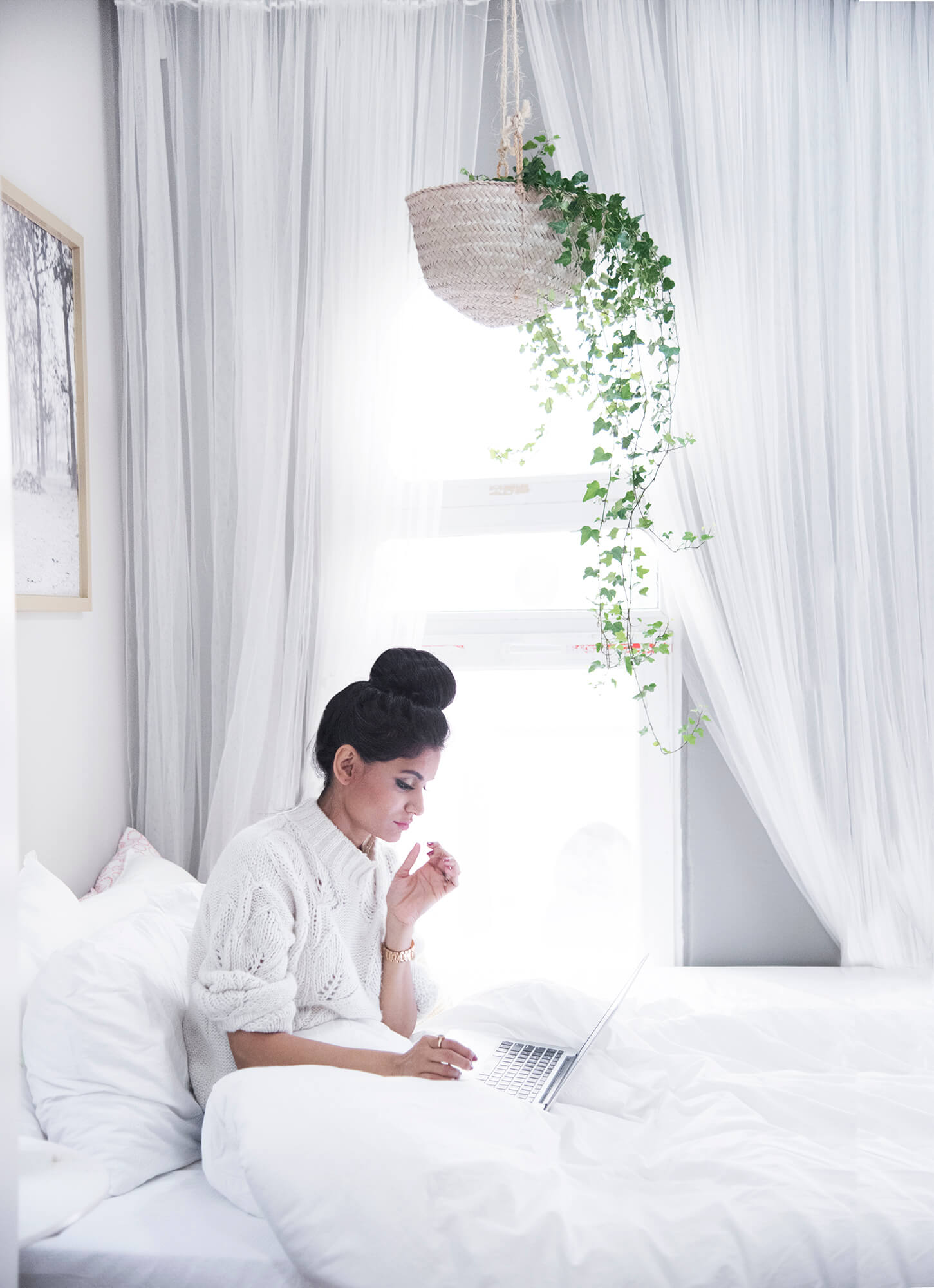

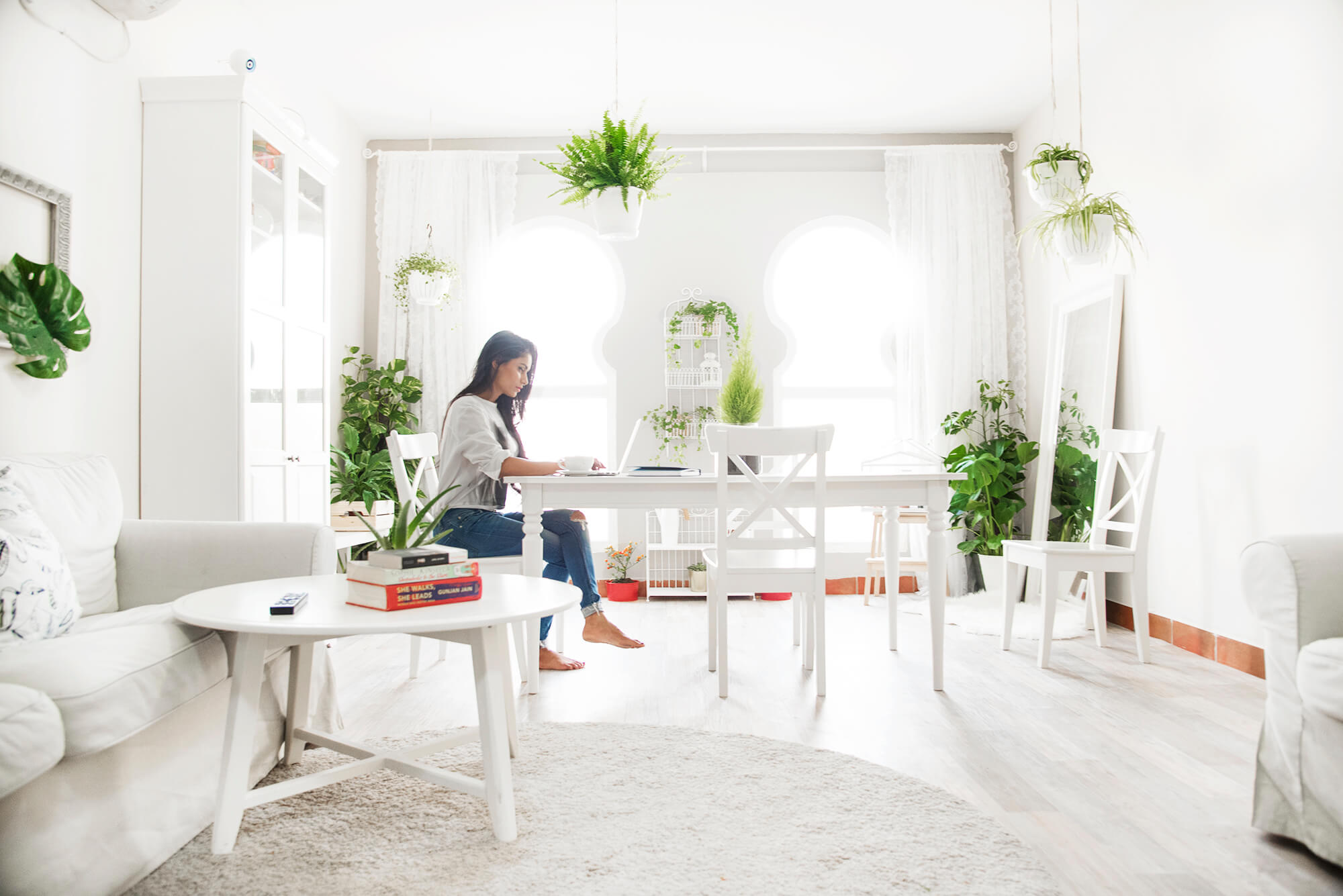


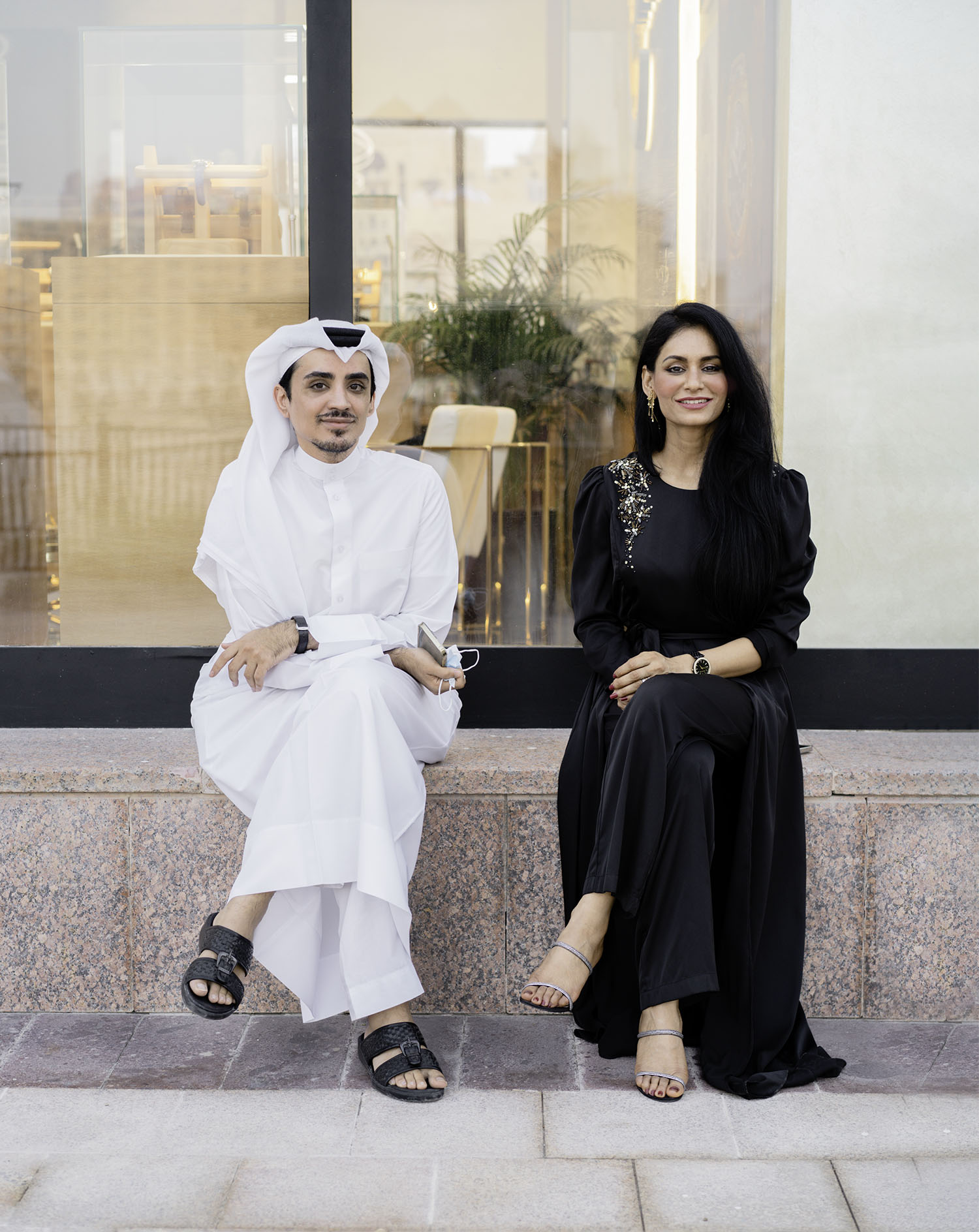
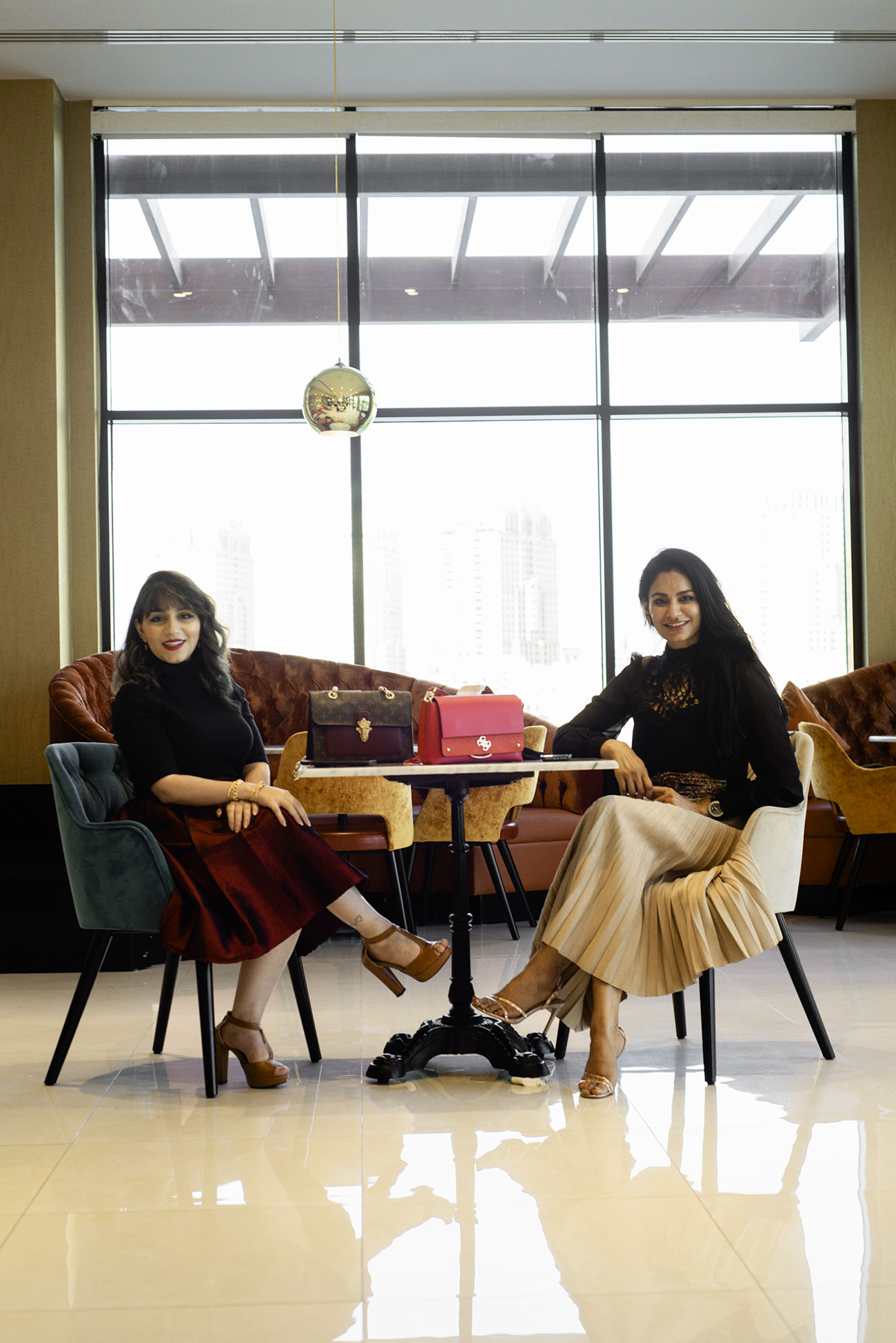
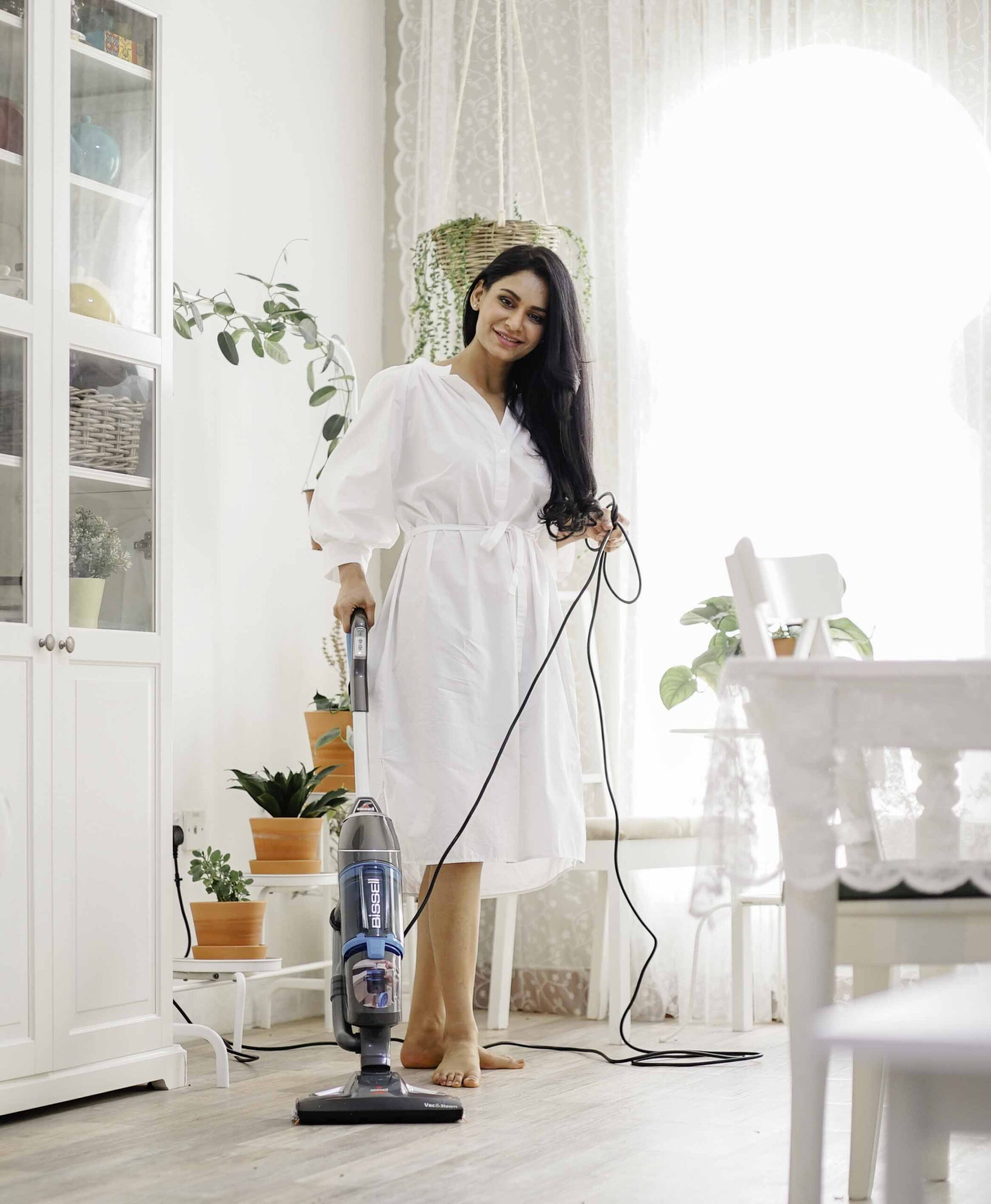
No Comments